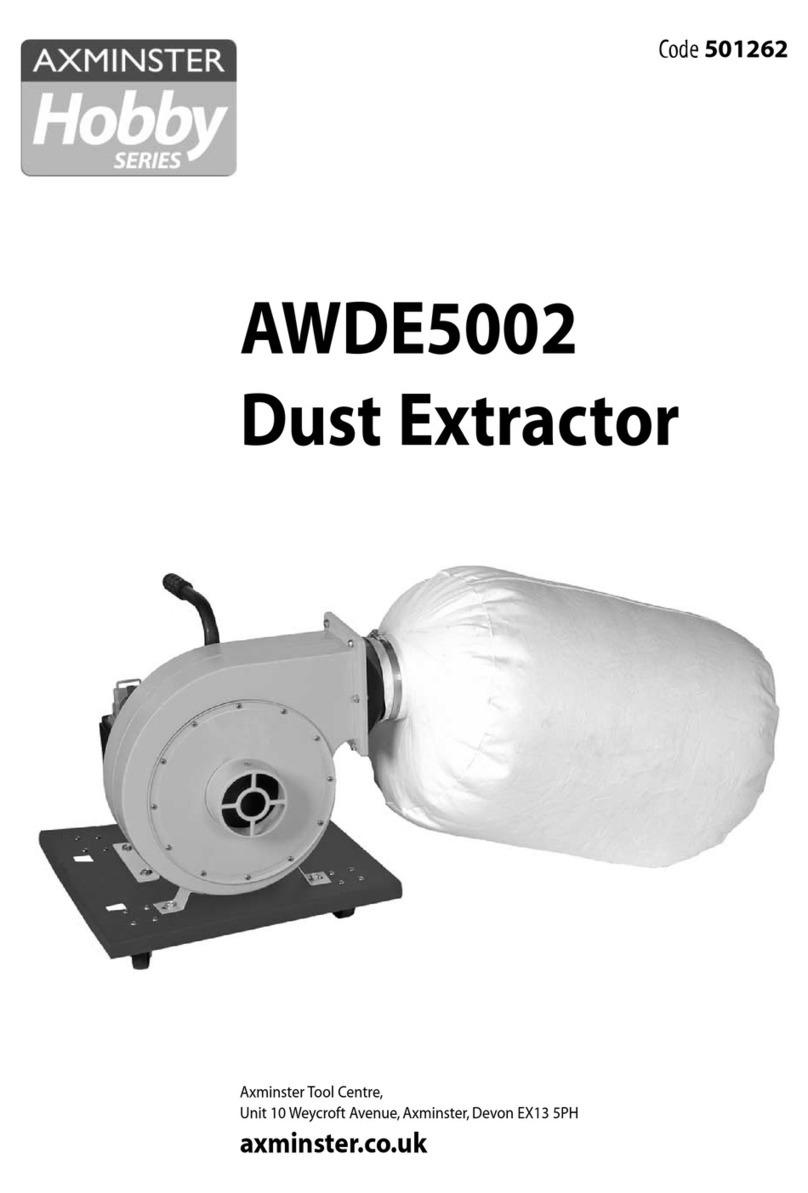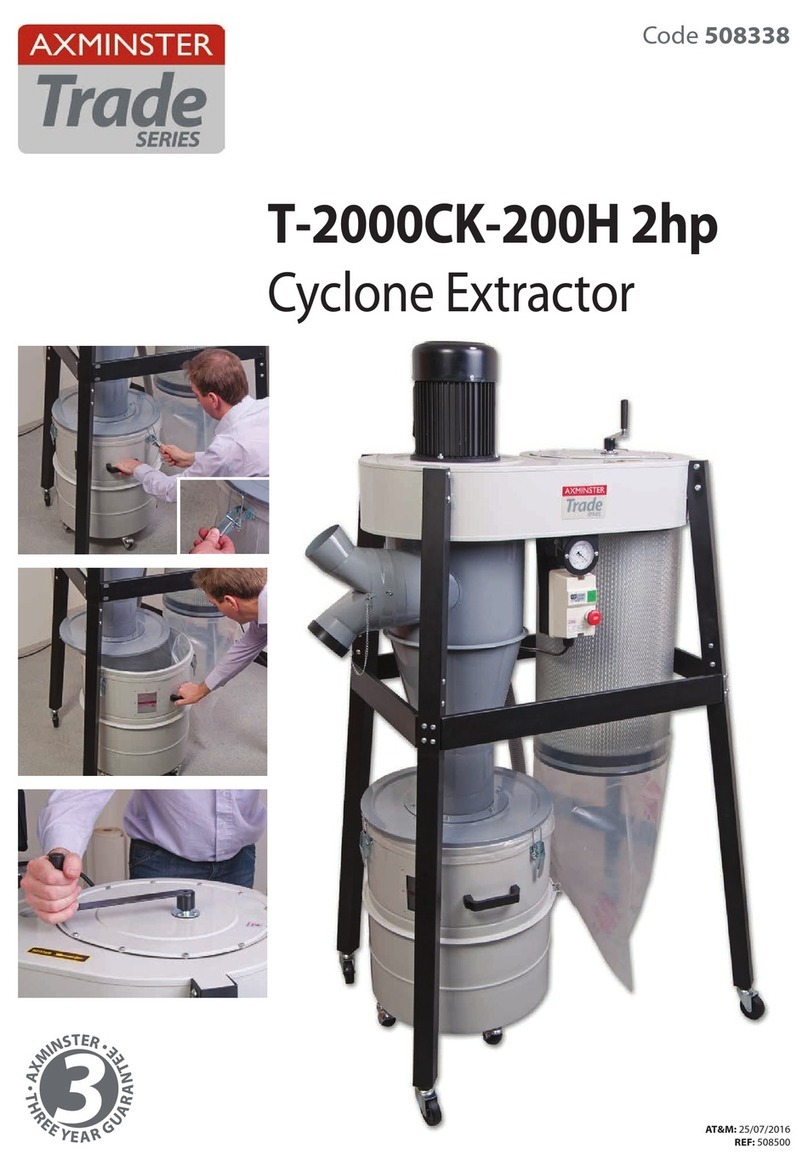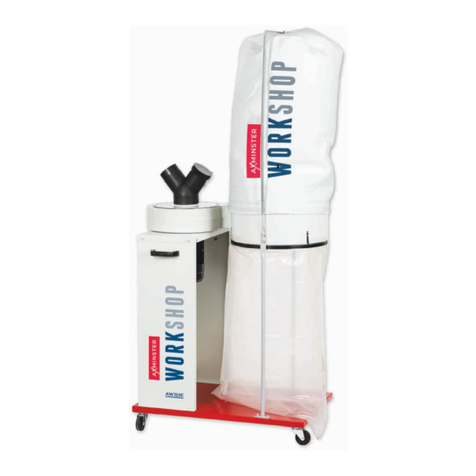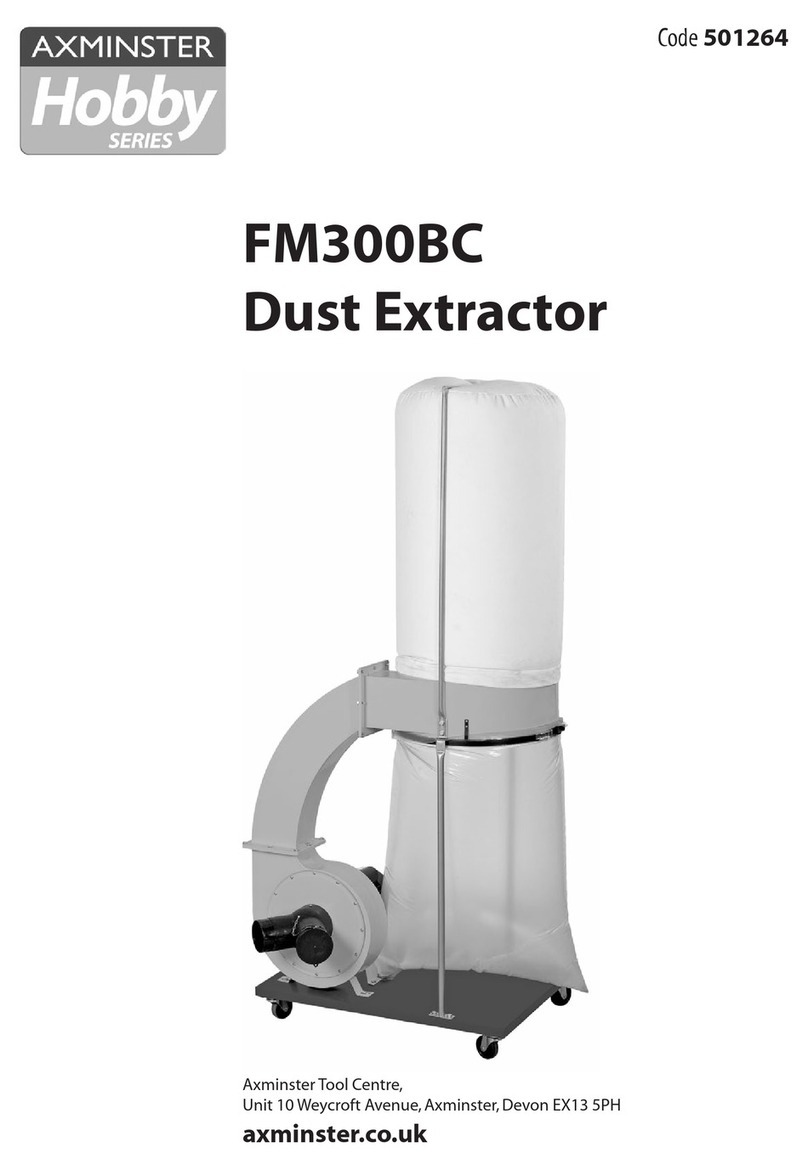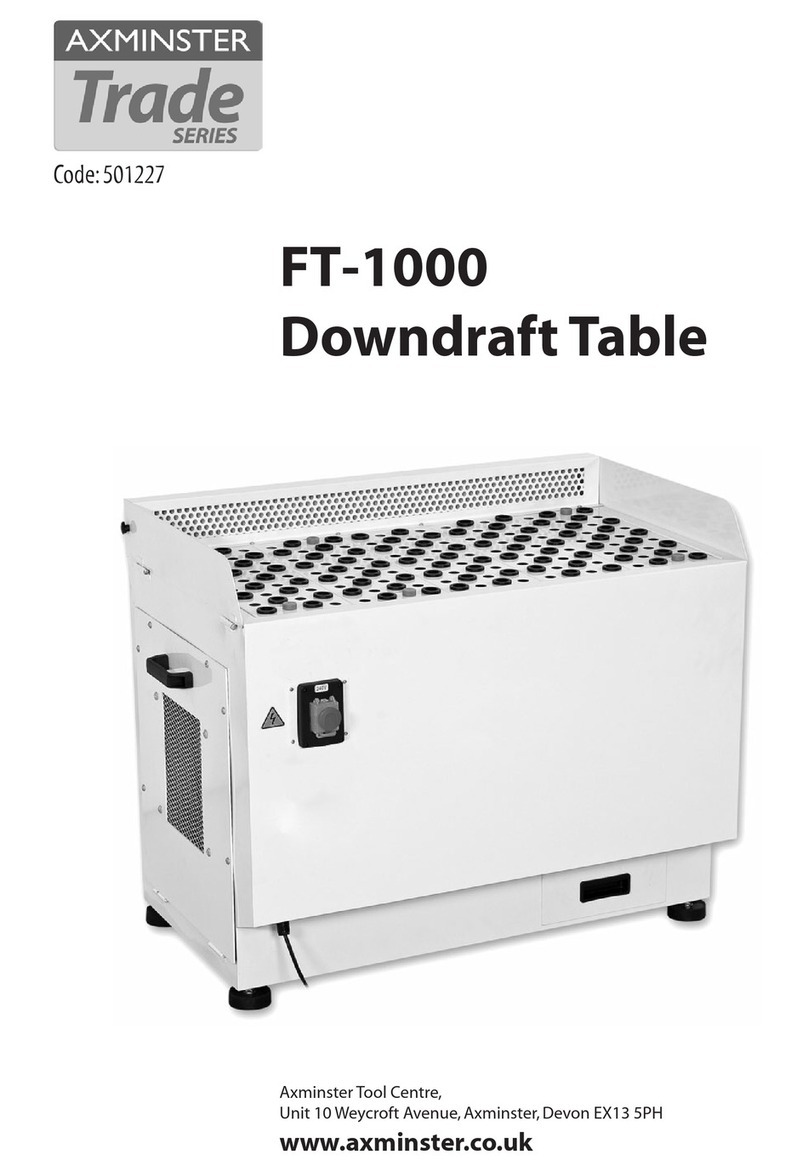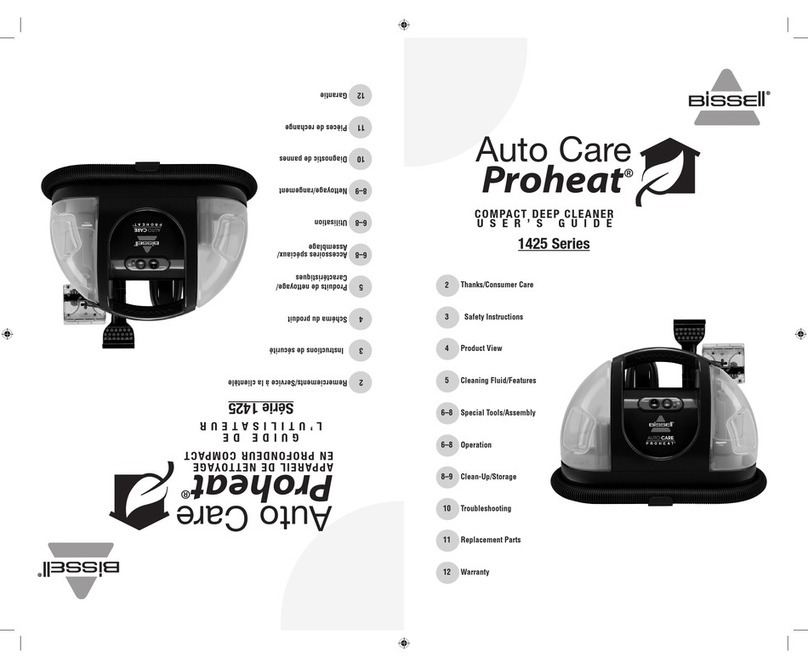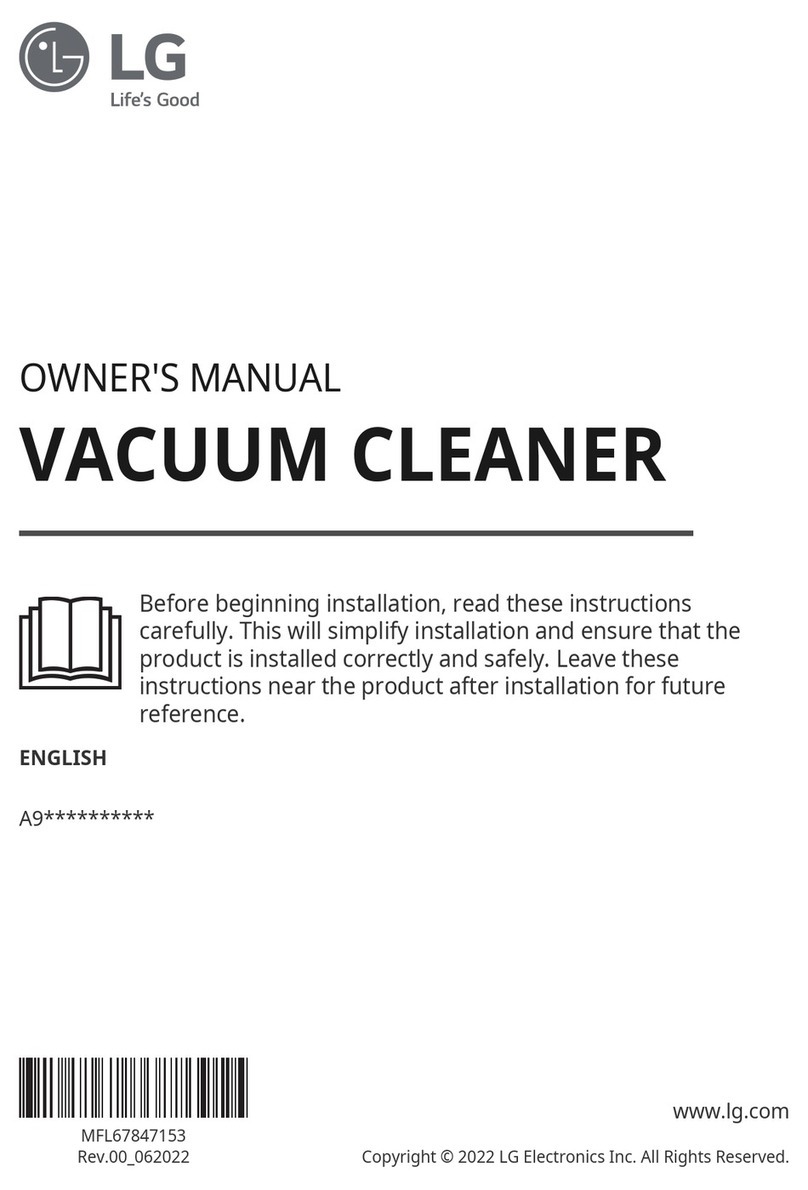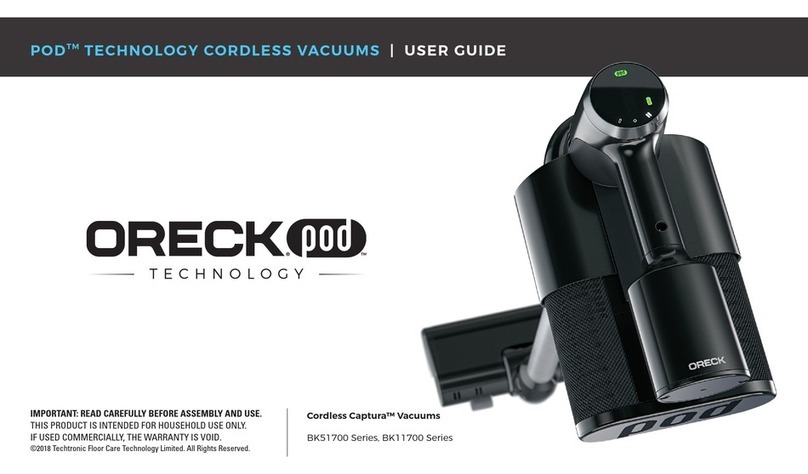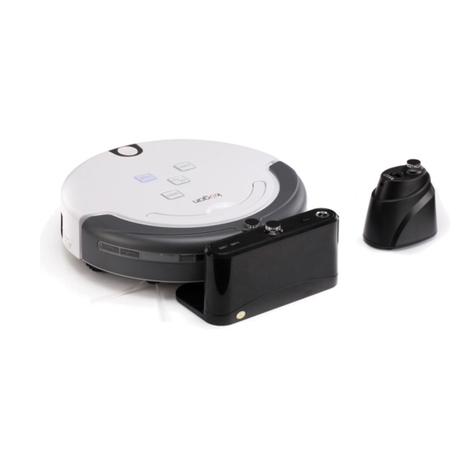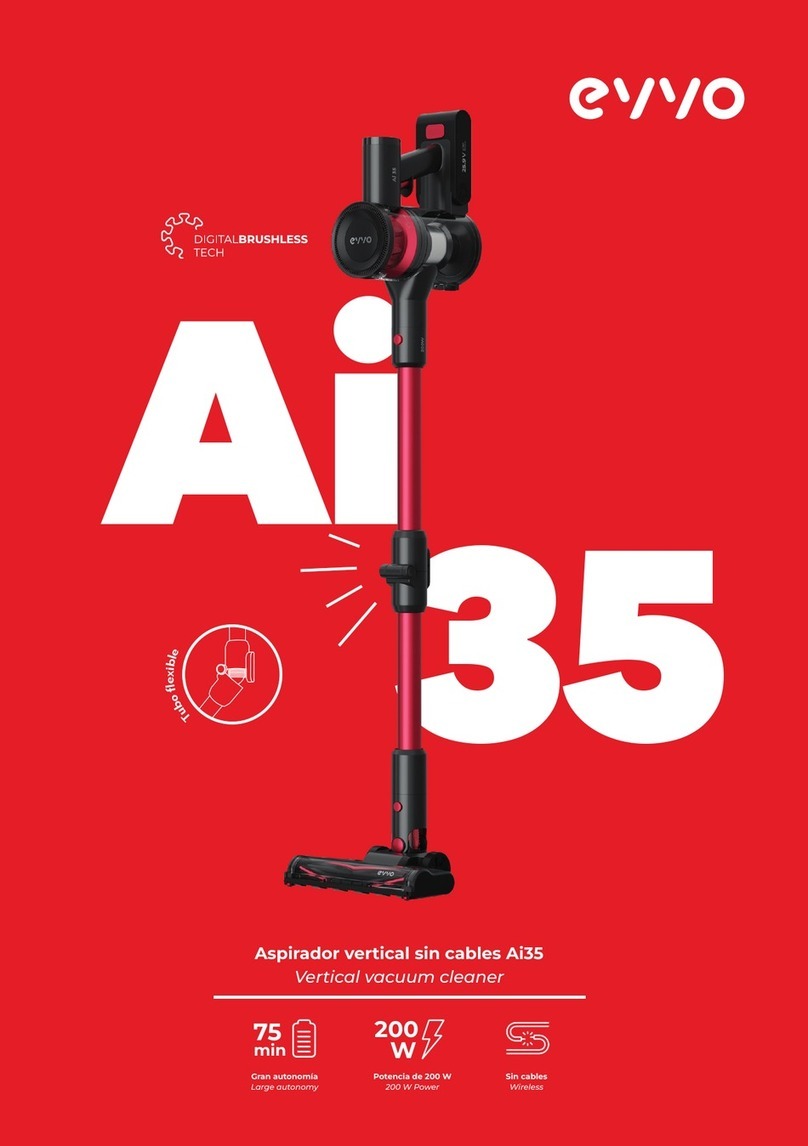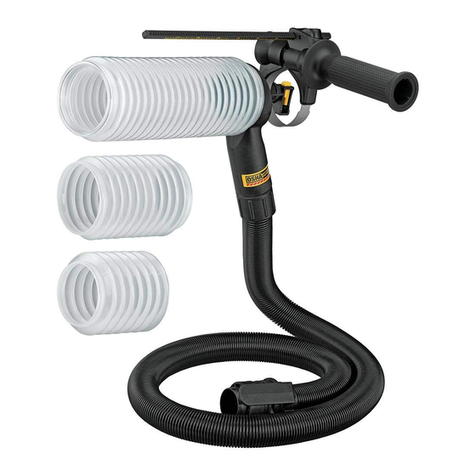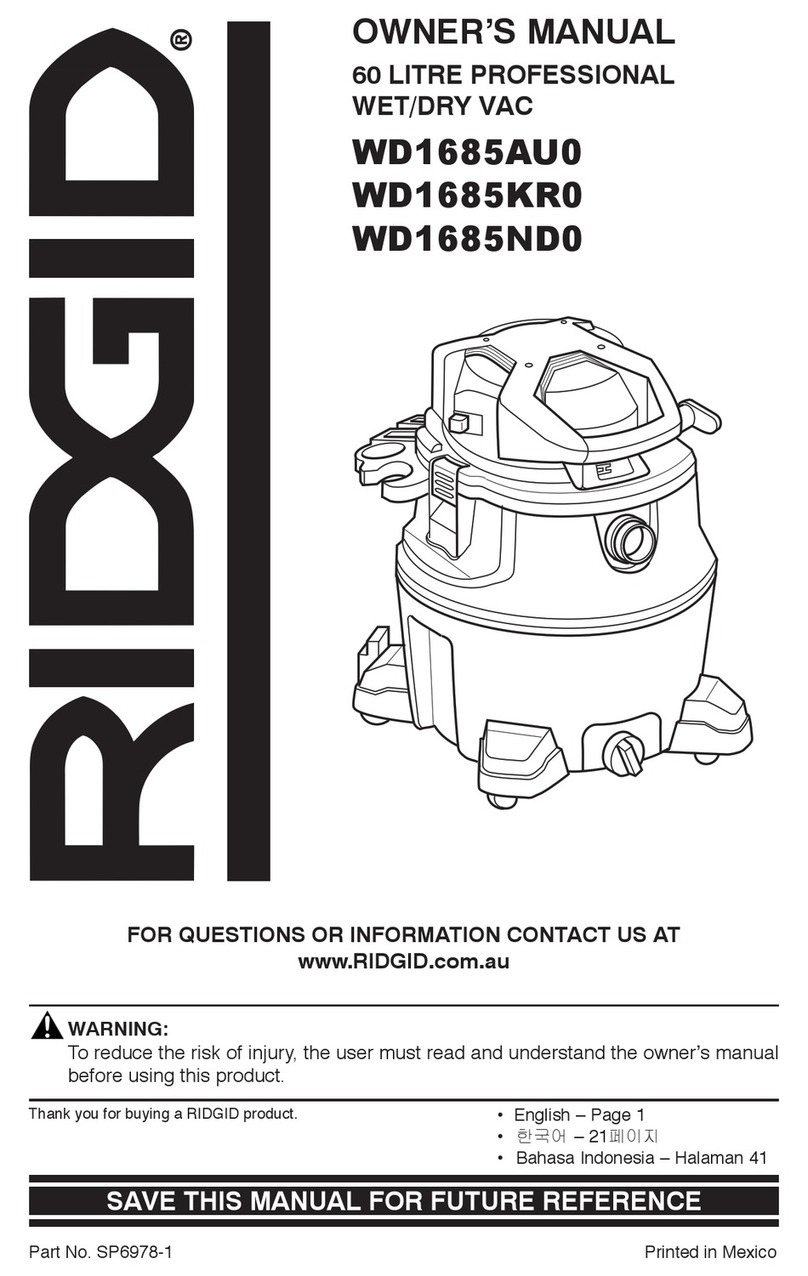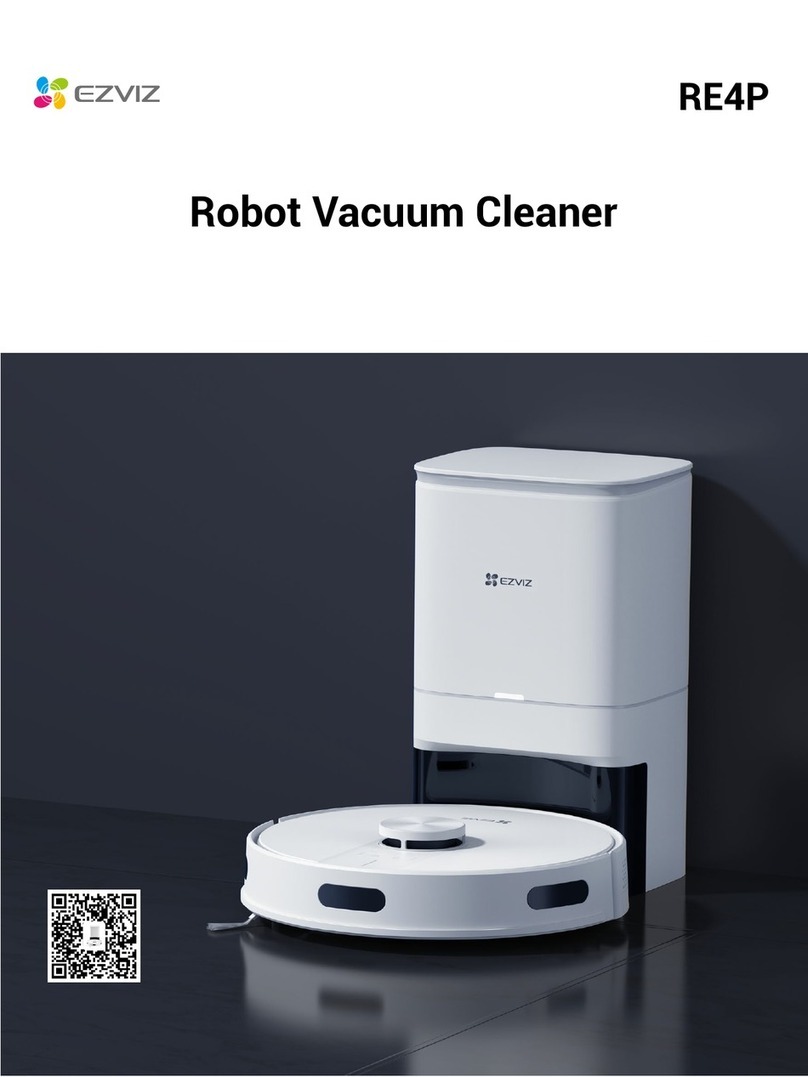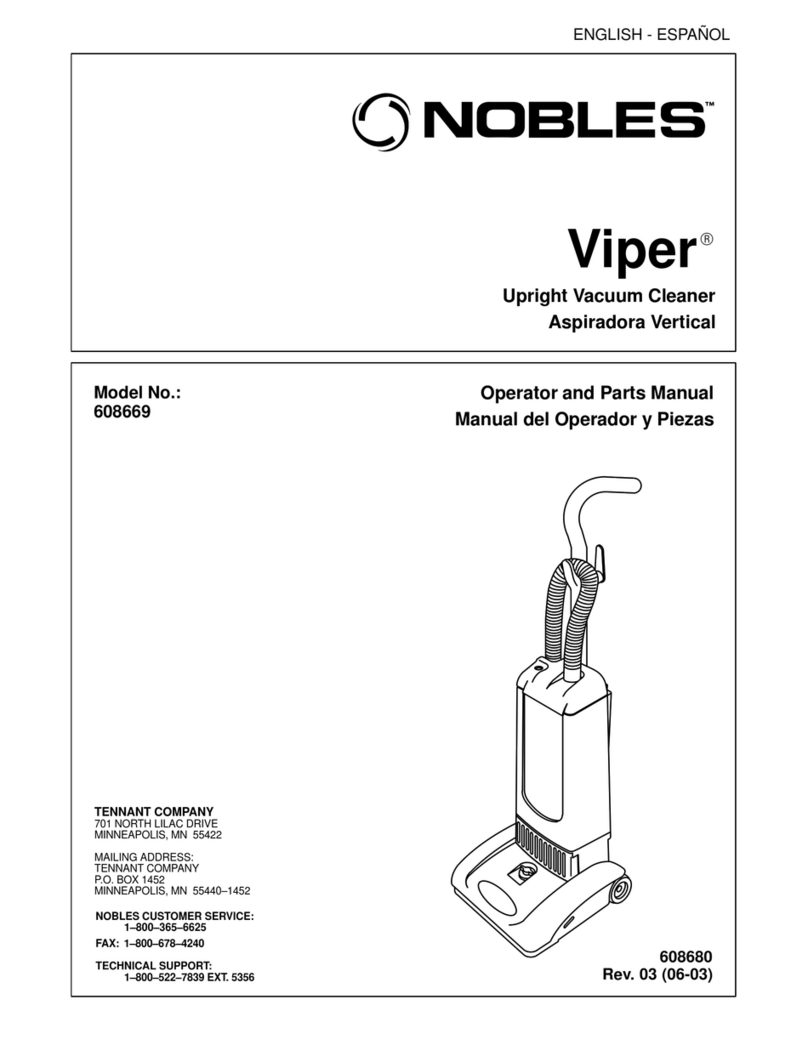Index of Contents
Contents ................................................................................................................................................ 2
1. Foreword...................................................................................................................................................3
2. Machine Description................................................................................................................................3
2.1 Feature Identification.................................................................................................................... 3
2.2 Specification...................................................................................................................................4
2.3 Requirement of electrical power................................................................................................. 5
3. Safety Regulations.................................................................................................................................. 7
3.1 General Safety Instructions......................................................................................................... 7
3.2 Specific Safety Instructions for Dust processor........................................................................8
4. Installation of the machine..................................................................................................................... 9
4.1 Transportation of machines......................................................................................................... 9
4.2 Unpacking.................................................................................................................................... 10
4.3 Positioning the machine............................................................................................................. 11
4.4 Assembly.......................................................................................................................................11
4.4.1 Moving & Placing Base Unit...................................................................................................11
4.4.2 Installation of dust extractor adaptor.................................................................................... 15
5. Operations.............................................................................................................................................. 16
5.1 The operating and instructions of electrical components..................................................... 16
5.2 The operating of manometer.....................................................................................................17
5.3 Clean the dust bin....................................................................................................................... 17
5.4 General operation....................................................................................................................... 17
6. Maintenance...........................................................................................................................................18
7. Trouble shooting guide......................................................................................................................... 19
8. Breakdown & Parts List........................................................................................................................ 21
